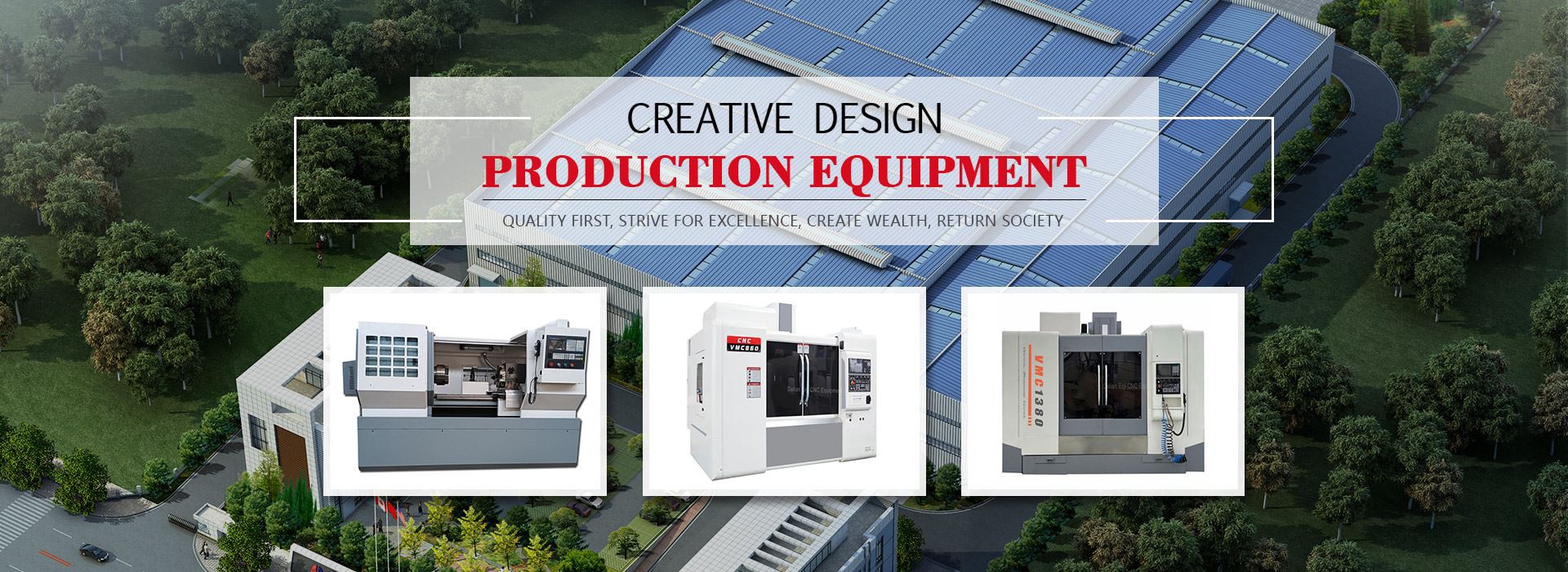Open the electric gate
Up to trigger the closing gate, do not use wet hands to operate.
Open the air compressor
Turn on the emergency stop button (big red key), press the green key ON, when the pressure of the air tank is lower than the lower limit, the air compressor will emit a "buzzing" sound, open the air tank valve (parallel to the pipeline), confirm that the air filter dryer open; machine tools to open before confirming that the air compressor is in working condition, the air tank air pressure Enough, about, to prevent insufficient air pressure machine tool robot arm tool change failure.
Machine tool start-up
Turn on the machine power switch (located on the side or back of the machine sheet metal), from OFF to ON; turn on the machine panel emergency stop button (big red key), turn on the operating system panel power button (green key, located above the emergency stop), turn on the work light, MODE knob to "home return ZRN", the implementation of +Z +X +Y three axis Home return, pay attention to whether there are elevated objects in the machine tool, to avoid collisions.
Point check
Watch the cutting fluid tank level, lubricating oil tank level is close to the lower limit, insufficient immediately added to prevent dry cutting and alarm occurrence in processing; always clean the spindle taper hole and tool handle taper shank.
Review drawings
According to the production scheduling, obtain the drawing, open the software in the computer, open the UG program corresponding to the drawing (the program name is usually named as the name of the workpiece or the drawing number, placed in the position of desktop → 2017 → 2017 program → month, communicate with the programmer when you can't find it), clear processing station, processing process, clamping method, size requirements, tool specifications, effective tool length and extension length, etc. Usually learn more about the meaning of labeling symbols and related terms in drawings.
Incoming material confirmation
Distinguish the material, quantity, length, width, height (thickness) size and allowance of the parts or blanks to be processed before clamping, do not use the wrong material; check the appearance for defects.
Clamping
CNC machining manufacturer according to the type of workpiece using files, scrapers, oil stones, or metalworking knife blade, etc. to remove the workpiece burrs and bruises clean, flat, according to the programming process for clamping, general clamping methods using pressure plate pressure, process hole screw locking, vise clamping, homemade tooling clamping, magnetic platform adsorption (limited to steel parts), vacuum suction cup adsorption, pneumatic clamps, etc., clamping attention to avoid pressure plate, screws and other interference, vise clamping attention Program milling depth, to prevent milling injury jaws. According to the type of workpiece and requirements, the clamping should be installed flat and correct workpiece, use a micrometer to correct. Pay attention to the clamping direction, and use an oil-based color pen to mark before clamping, this can ensure the accuracy of CNC machining components.




















